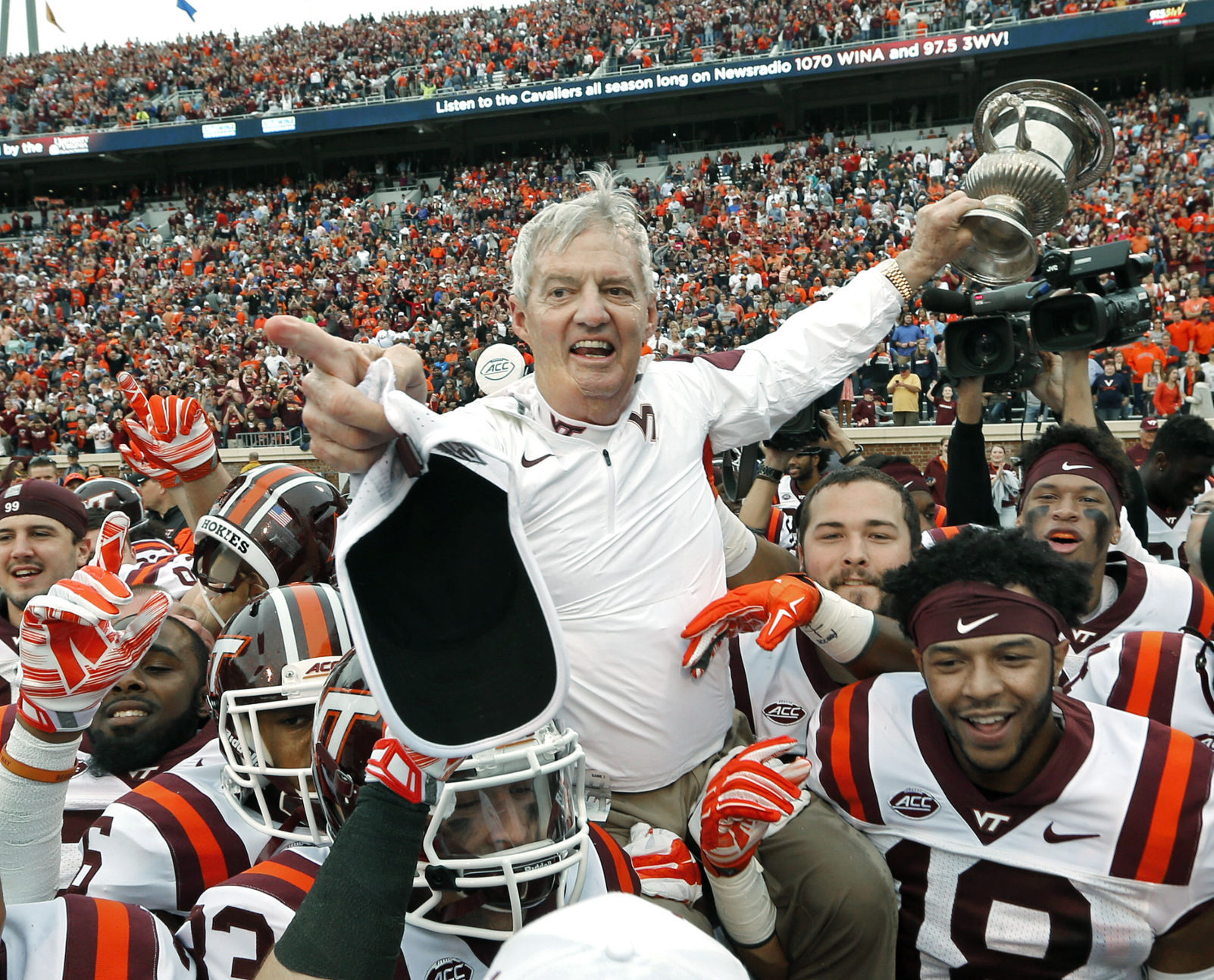

“You get concussions every now and then,” said Ferguson, who was Tech’s second-leading receiver in ’01 with 25 catches for 256 yards and scored eight touchdowns before getting chosen in the seventh round of the ’02 NFL draft by the Buffalo Bills. Though he and Easlick, who started in ’02 and ’03, were the last two Tech fullbacks to post productive numbers out of the backfield, Ferguson dealt with his share of aches and pains from blocks he delivered. He moved from tailback to fullback when he got to Tech. Jarrett Ferguson, an assistant strength and conditioning coach at Tech, played fullback for the Hokies from 1997-2001. “You’re facing linebackers that are coming in and they’re trying to take your head off a lot of times.” “I think you have to be a little nasty to play the position,” said Weatherford, a former walk-on from Danville who earned his scholarship before the ’06 season and who might get his second career start Saturday against William and Mary.

Injuries are part of the game, but that’s especially true for fullbacks. It takes a special breed to play fullback, which has become the ultimate black-and-blue position. It’s a great position to recruit a lot of people. If they’re not a tight end, they (can play) something else. “You always want to make sure you’ve got a fullback, but when you recruit a tight end, you’re usually talking about a guy that’s 6-foot-3, 6-4 or 6-5 and can run fairly well. “I say this proudly, but three out of our four fullbacks right now are walk-ons, and they’re good players,” said Beamer, who has six tight ends on his roster. With such scheming, teams are more apt to recruit an extra tight end than a fullback. Beamer and Tech offensive coordinator Bryan Stinespring have used that kind of formation a lot in the last five years. Now, more teams are using formations that feature two tight ends – one on either end of the offensive line – and no fullbacks are showing up everywhere. He said strong-side offenses – where you have a tight end and receiver on one side of the offensive line, a fullback and tailback in the backfield and just a receiver on the other side of the offensive line – aren’t as popular as they used to be. Tech coach Frank Beamer said the drop-off in fullback touches can be attributed to the evolution of offenses. No fullbacks who have played college football in the last 39 years have been inducted. The College Football Hall of Fame claims 58 fullbacks among its 813 inductees.


 0 kommentar(er)
0 kommentar(er)
